Beat the Chill: Maximizing Insulation and Energy Efficiency with Window Coverings
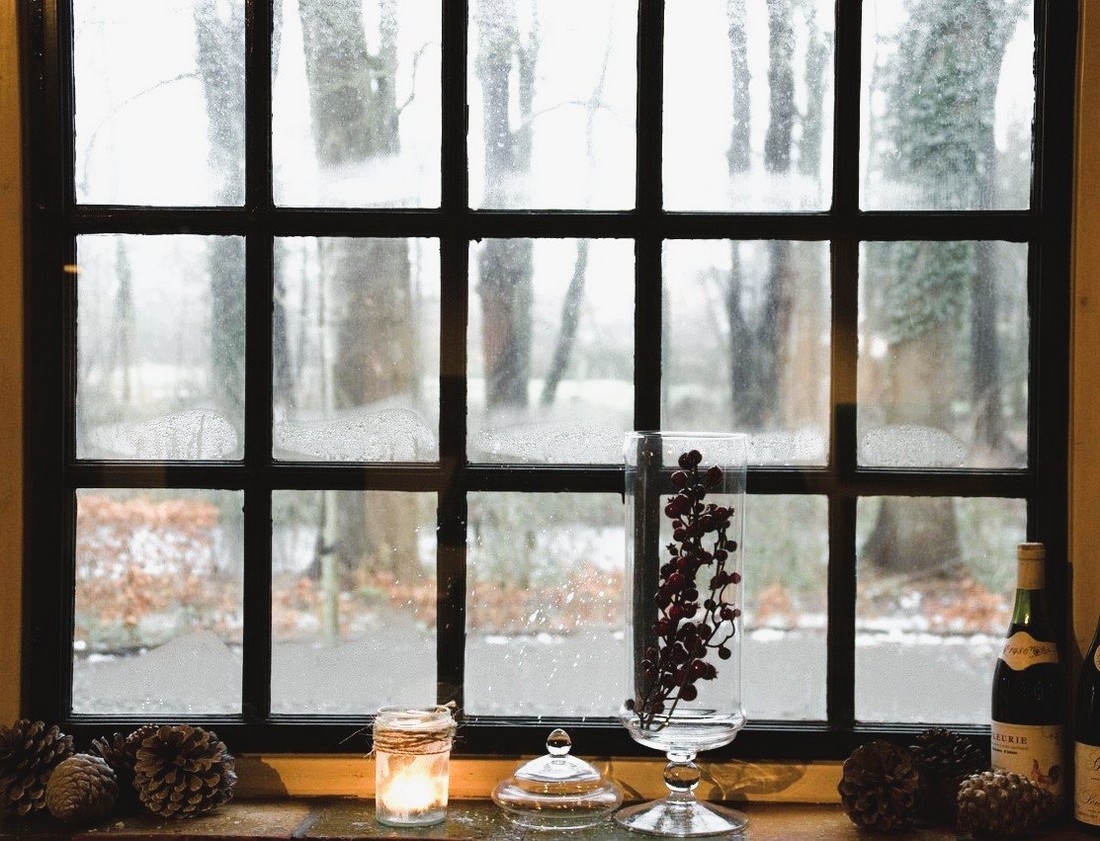
Written By Armi Avila
As winter approaches, ensuring your home remains warm and energy-efficient becomes a top priority, especially since cold weather significantly impacts energy bills. Although windows provide natural light and a view of the outdoors, they are often the primary culprits for heat loss. Likewise, while insulation, heating systems, and weather stripping are crucial, often overlooked is the potential of your window coverings to dramatically improve energy efficiency and insulation.
Blinds and shades not only add a decorative touch to your home but also serve as a shield against heat loss. By choosing the right type and material, you can significantly reduce the amount of warm air escaping and cold air entering your living space.
Here's a detailed look at how you can utilize these window treatments to enhance energy efficiency during the cold winter months, and how to strategically use them to help keep your home warm and cozy while reducing energy consumption.
Understanding the Problem: Heat Loss Through Windows
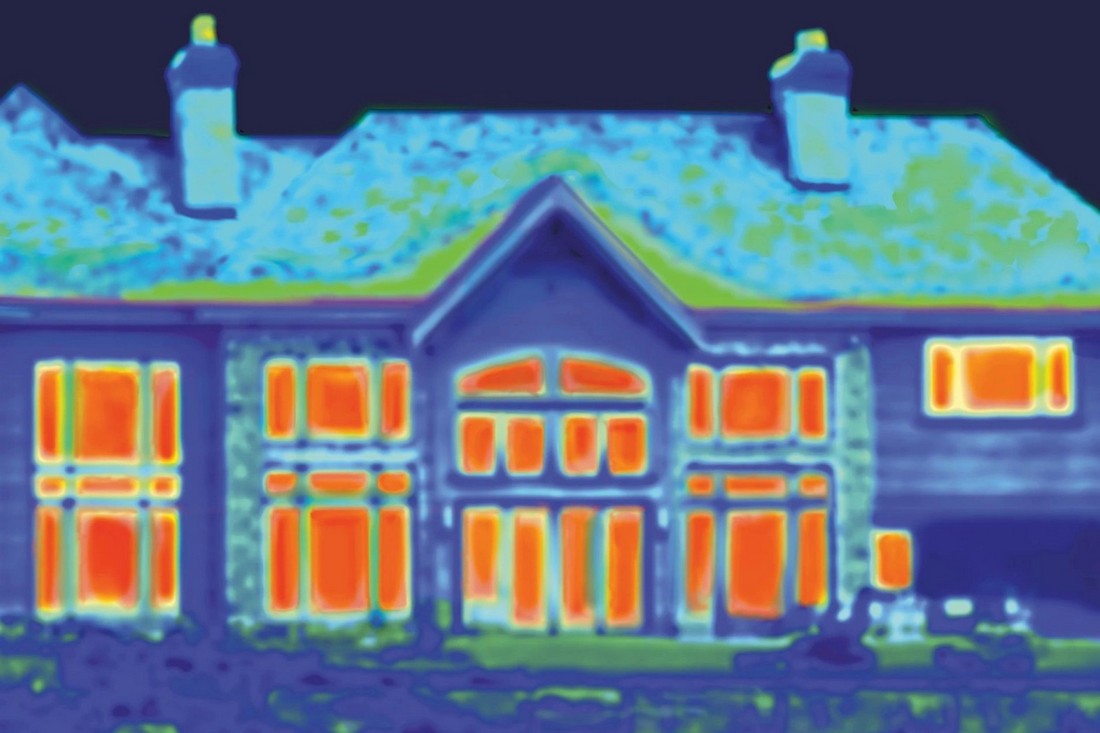
Windows are notorious for being thermal culprits. They can account for up to 30% of heat loss in your home. This escape of warm air forces your heating system to work harder, driving up energy costs. But fear not! Blinds and shades can be your secret weapon in this battle against the cold.
Types of Blinds and Shades for Winter Insulation
1. Cellular Shades (Honeycomb Shades)
What Are They? Cellular shades are designed with a unique honeycomb structure that traps air in individual cells, creating an insulating layer between the window and the room.
Benefits: These shades are highly effective in reducing heat loss, with some models capable of enhancing insulation by up to 40%. They come in various opacity levels, allowing you to control light and privacy while improving energy efficiency.
Spotlight: Hunter Douglas Duette® Architella® shades are renowned for their exceptional insulation properties. These aren't just ordinary window coverings; they're engineered to significantly reduce heat transfer, keeping your home comfortable year-round while potentially lowering energy costs.
How Does it Work?
Cell-within-a-cell Design: The Architella® features a unique cell structure, creating multiple air pockets within the fabric. This trapped air acts as an insulating barrier, preventing heat from escaping in winter and blocking it out in summer.
Fabric Technology: The high-quality fabrics used in Architella® shades are designed to enhance insulation. They're often treated with special coatings or finishes to further improve energy efficiency.
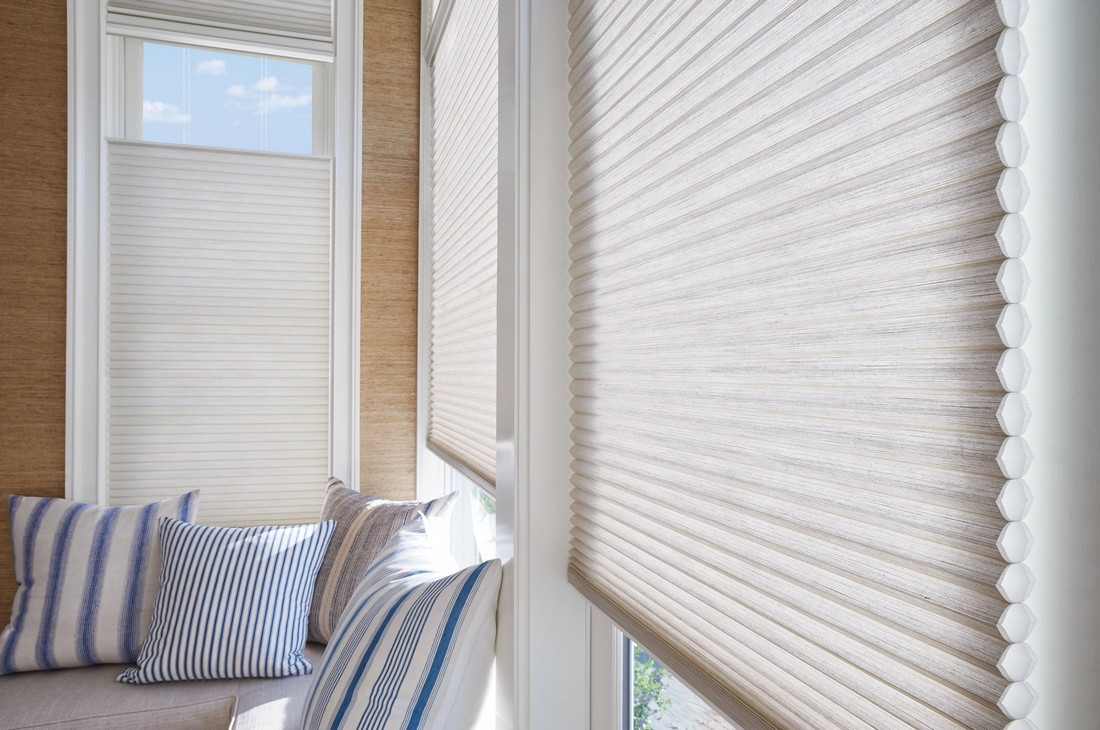
Hunter Douglas Duette® Architella® Honeycomb Shades
2. Roman Shades
What Are They? Roman shades are fabric window treatments that fold neatly when raised and lay flat when lowered. Insulated Roman shades have added layers of material for improved thermal performance.
Benefits: These shades offer a stylish solution that combines aesthetic appeal with functionality. The extra layers of insulation help to keep warm air in and cold air out, making them a great choice for winter.
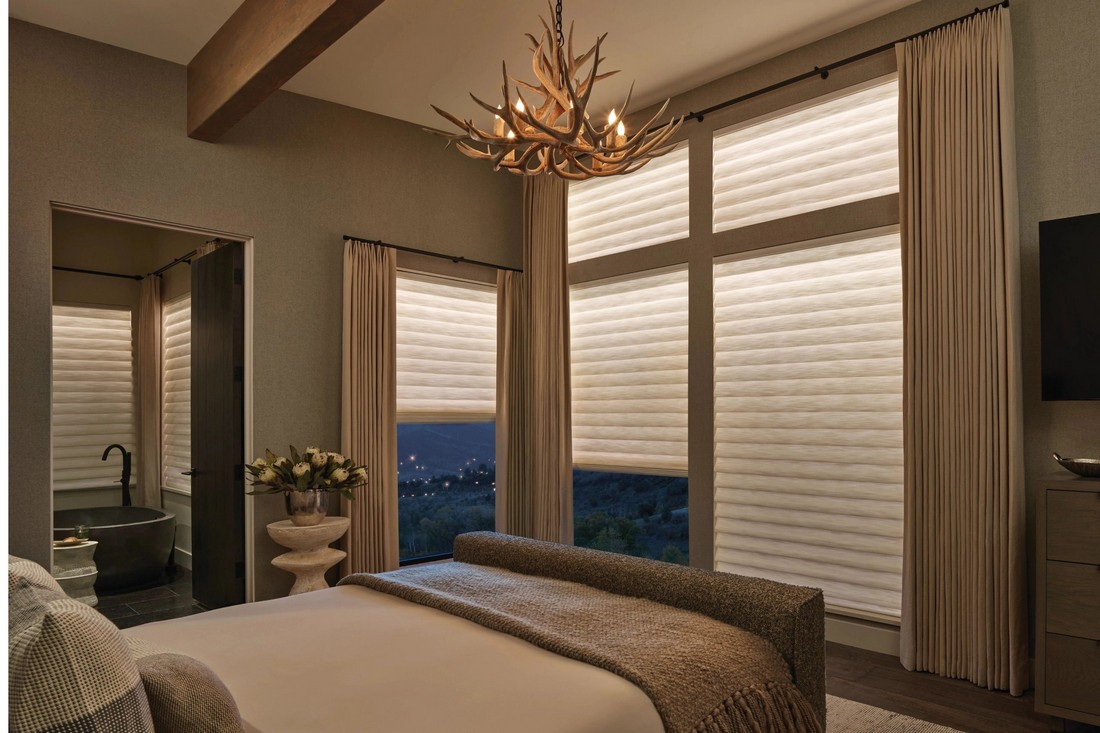
Hunter Douglas Vignette® Modern Roman Shades
3. Shutters
What Are They? Panels with horizontal louvers made from real wood or composite materials.
Benefits: The shutter louvers are designed to control light and privacy while providing excellent insulation by reducing heat transfer and blocking drafts.
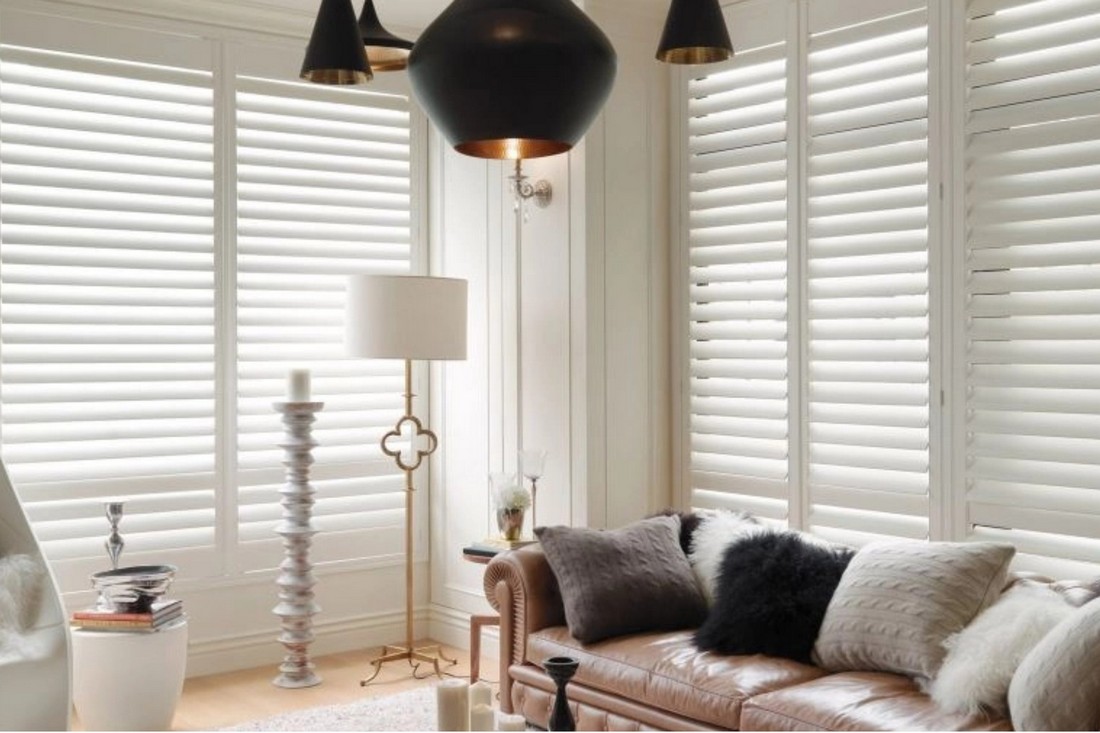
Norman Window Fashions Normandy® Shutters
4. Blinds
What Are They? Wooden and faux wood blinds are made from real wood or composite materials that mimic the look of wood.
Benefits: These blinds provide a natural and warm aesthetic while offering good insulation properties. Faux wood blinds are particularly durable and moisture-resistant, making them suitable for various rooms, including bathrooms and kitchens.
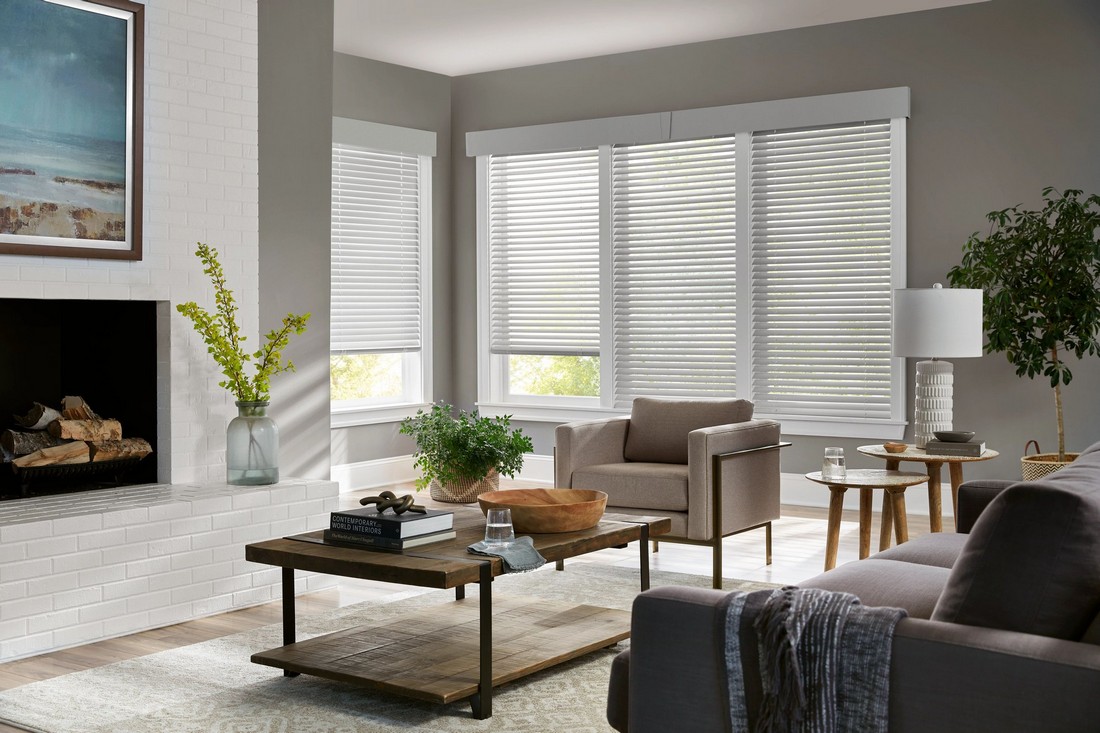
Alta Window Fashions Wood Blinds
The Role and How to Use Blinds and Shades in Winter Energy Efficiency
-
Insulation: Certain types create an insulating layer between the window and the room. This trapped air helps to minimize heat transfer.
- Solar Heat Gain: During the day, when the sun shines, open your blinds or shades to allow sunlight to allow sunlight to naturally warm your home. This passive solar heating can significantly reduce your reliance on artificial heat sources.
- Nighttime Heat Retention: As the sun sets, close your blinds or shades to create a barrier against the cold and to retain heat. This helps to prevent heat from escaping through the windows.
- Air Sealing: Ensure your blinds or shades fit snugly to the window frame to minimize drafts. This small step can make a big difference in overall energy efficiency.
- Layering: Combine cellular shades with heavier drapes for an added layer of insulation to significantly reduce heat loss.
-
Adjustable Slats: Use blinds with adjustable slats to control the direction of sunlight and heat entering your home, optimizing energy efficiency throughout the day.
-
Maintenance: Regularly clean and maintain your blinds and shades to ensure they function properly. Dust and debris can affect their insulating properties.
-
Automated Shades: Use automated or smart shades that can be programmed to open and close at specific times. This ensures optimal use of natural light and heat during the day while maintaining insulation at night.
More Tips for Maximum Energy Savings
-
Weather Stripping: Add weather stripping to the edges of your window frames in conjunction with shades to seal any remaining gaps and enhance insulation.
-
Consider Window Films: Applying energy-efficient window films can further reduce heat loss.
-
Embrace Natural Light: Take advantage of daylight whenever possible to reduce the need for artificial lighting.
-
Lower the Thermostat: Even a few degrees can make a difference. Aim for 68°F (20°C) when you're home and awake and lower it when you're asleep or away.
Conclusion
Blinds and shades are a practical and stylish solution to improve your home's insulation and energy efficiency during the winter months. By selecting the right type and ensuring proper installation, you can create a warmer and more comfortable living environment while reducing your heating costs. Consider options like cellular shades, Roman shades, roller shades, and wooden blinds to find the perfect balance of form and function for your home. Utilize tips like layering, proper fit, and automated controls to maximize the benefits of your window treatments.
Stay warm and energy-efficient this winter with the right window treatments! If you live in the Greater Seattle or Bellevue and the eastside, we can help! Please feel free to give us a call at 206-801-6010 or fill out our online form.
Transform Your Home For Your Custom Window Coverings Needs In Seattle & Bellevue